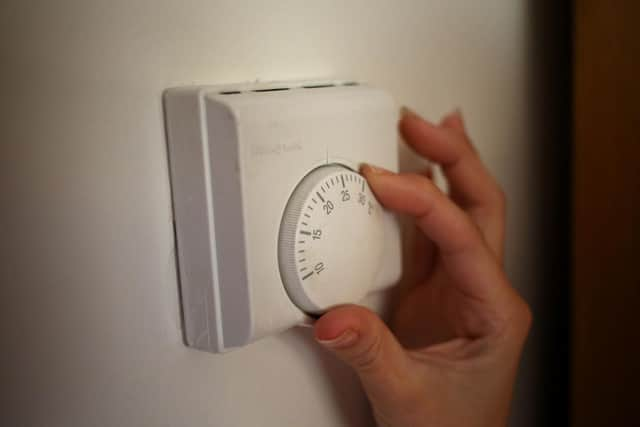Over half of rented properties in Scotland set to flout new energy efficiency rules
Out of about 89,000 private lettings given energy performance certificate (EPC) ratings over the past five full years, around 45,000 (51 per cent) were graded below a C. Assessors concluded some 6 per cent of privately rented properties that were inspected did not have the potential to reach that grade.
Private rented accommodation generally has poorer energy efficiency than other areas of the housing market, but the amount of properties with substandard ratings reveals the extent of the problem. It means tens of thousands of properties will require extensive energy efficiency improvements to meet new regulations that are due to come into force in two years’ time.
Advertisement
Hide AdAdvertisement
Hide AdThe analysis by the BBC’s shared data unit found in some local authorities, as many as four out of five rental properties received an EPC rating of D or lower during inspections between 2018 and 2022. The worst performing council area was Shetland, where 83 per cent of properties failed to achieve a C grade.
It was followed close behind by Dumfries and Galloway (81 per cent) and the Scottish Borders and the Western Isles (both 80 per cent). Glasgow was the area with the fewest proportion of rental properties receiving a grade of D or lower, at 37 per cent.
The analysis also found that across the country, nearly a third of tenants (30 per cent) are using portable heaters as a secondary heating source. That proportion jumps significantly in island communities, such as the Western Isles and Orkney (both 69 per cent).
Rachelle Earwaker, senior economist at the Joseph Rowntree Foundation, said: “Living in a home with a poor EPC rating has a range of impacts on the tenants. Homes are colder, often damper. They are much more expensive to heat. At the moment in the energy crisis, that has had a massive impact.”
Chris Norris, director of policy at the National Residential Landlords Association, said it was possible tenants would incur the costs of any efficiency improvements carried out by landlords. He said: “Landlords are running businesses, so every cost they have has to be met in some way. That means that a particular property might not be viable anymore – they might have to sell that property because they just can't do the work and still let it at a rate that people can afford to live in.


“In other cases, landlords are going to have to look at how much they can afford to let the property for and it probably will mean that some rents on some properties are going to increase over time. Hopefully, we can avoid some of that by making the retrofit more tax efficient and getting a long enough lead time that landlords haven't got to do it all at once.”
The Scottish Government is set to roll out new regulations in 2025, requiring all private rented sector properties to reach a minimum standard equivalent of an EPC C rating where it is “technically feasible and cost effective”, at change of tenancy. There will be a backstop of 2028 for all remaining existing properties.
Comments
Want to join the conversation? Please or to comment on this article.